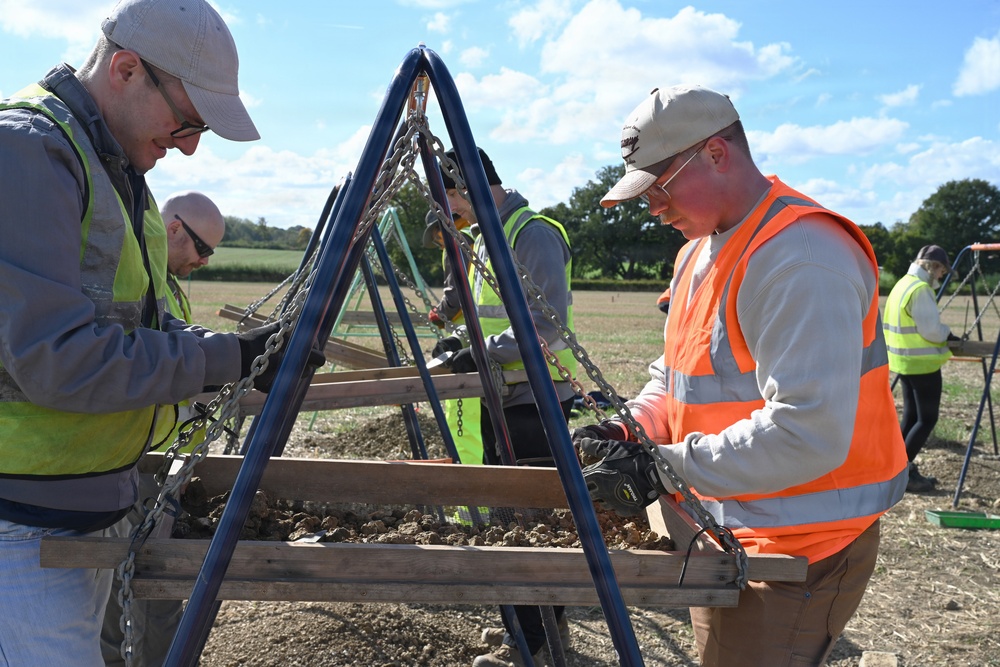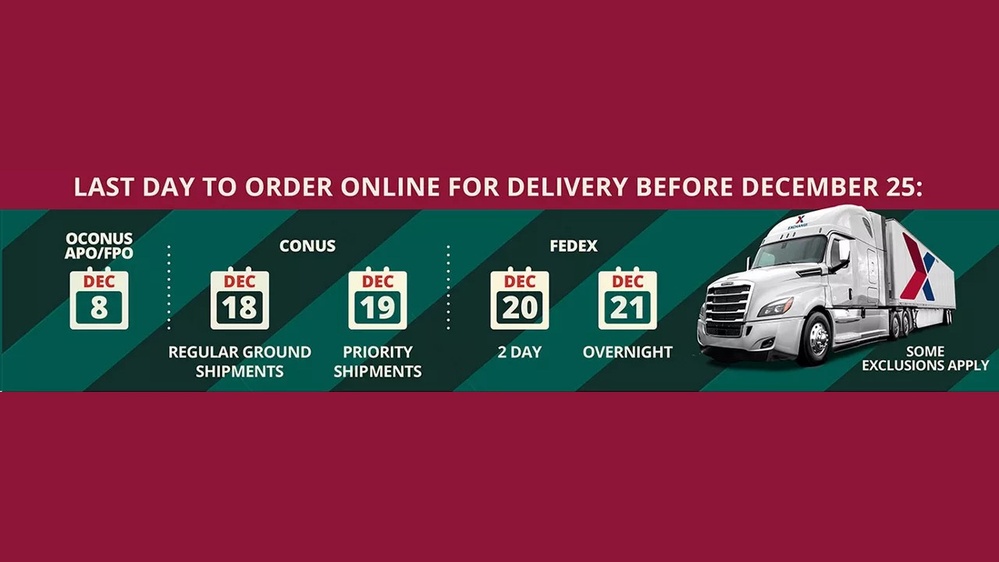DVIDS – News – Navy Completes Period Four of Drinking Water Long-Term Monitoring, Water Remains Safe to Drink Safewaters.org Adds Search Feature
The Navy completed Period Four of the Drinking Water Long-Term Monitoring (LTM) plan, and the water remains safe to drink. In coordination with the Hawaii Department of Health (DOH), the final summary of results has been posted to the Joint Base Pearl Harbor-Hickam (JBPHH) Safe Waters website (https://jbphh-safewaters.org).
The Navy has also launched an interactive dashboard on the site that allows users to search sample results by zone, address, and contaminants tested.
Period Four data collected from June to November across the 19 Navy water distribution zones show that drinking water continues to meet U.S. Environmental Protection Agency (EPA) and DOH standards.
During this sampling period, there were two locations with elevated detections of lead in non-residential buildings. The Navy flushed and re-sampled the affected facilities, and final sampling showed no exceedances.
These were the only exceedances out of samples taken across all zones during Period Four.
Period Five of the LTM plan began in January and will end in May 2023. Monthly results will be posted on the JBPHH Safe Waters website.
Under an interagency-approved plan, the Navy water distribution system is in a two-year period of LTM. This includes testing about 7,800 samples from roughly 55% of residential and non-residential facilities on the system for more than 60 different contaminants, using EPA-certified laboratories and methods.
Under the plan, the Navy sampled 5% of residential and non-residential buildings in each zone of the Navy water system for the first three months after the DOH amended that zone’s health advisory (a total of 15% in each zone after three months). In monitoring Period Four, 10% of all residential and non-residential buildings on the system were sampled. Sampling results were posted monthly on the Safe Waters website following DOH review.
All schools, child development, and medical centers continue to be sampled regularly during each period of the plan.
In addition to summary reports for each zone, specific sampling results for residential and non-residential buildings that were sampled are posted on the Safe Waters page for each zone. Results are grouped by category, such as residences, other buildings, schools, and child development centers, and listed by street address.
Sampling locations for residences in each zone are chosen as a geographic representation of the zone, based on their location on the neighborhood distribution system. Different residences are chosen during each phase to provide a good geographic spatial representation of homes sampled.
All results are validated to state and federal drinking water requirements, including the incident-specific parameters (ISPs) set by the DOH for the Navy water system.
Sample results are generally categorized as non-detect, detect, or exceed. If a sample exceeds action levels for contaminants, the resident or building point of contact will be personally notified and additional sampling will be performed.
The following information is provided to help interpret the data:
• Total Petroleum Hydrocarbon (TPH) tests look for many petroleum-related compounds and are done in addition to standard drinking water tests.
• Maximum Contaminant Levels (MCLs) are established by the U.S. Environmental Protection Agency (EPA) and are the maximum permissible level of contaminants in water which is delivered to any user of a public water system.
• Environmental Action Levels (EALs) are established by the Hawaii DOH and are concentrations of contaminants in drinking water and other media (e.g., soil, soil gas, and groundwater) below which the contaminants are assumed to not pose a significant threat to human health or the environment. Exceeding the Tier 1 EAL does not necessarily indicate that contamination at the site poses environmental hazards but generally warrants additional investigation.
• All values are in parts per billion (ppb), which is equal to micrograms per liter (µg/L).
• The Method Detection Limit (MDL) is the lowest concentration at which an analyte (chemical subject that is being analyzed) can be detected in a sample.
For more information on these actions, go to the news section of http://www.navy.mil/jointbasewater.
For more information on long-term monitoring of the Navy water system, visit https://jbphh-safewaters.org.
| Date Taken: | 01.12.2023 |
| Date Posted: | 01.12.2023 18:04 |
| Story ID: | 436705 |
| Location: | JOINT BASE PEARL HARBOR-HICKAM, HI, US |
| Web Views: | 1 |
| Downloads: | 0 |
PUBLIC DOMAIN
This work, Navy Completes Period Four of Drinking Water Long-Term Monitoring, Water Remains Safe to Drink Safewaters.org Adds Search Feature, must comply with the restrictions shown on https://www.dvidshub.net/about/copyright.

 Private Internet Access gives you unparalleled access to thousands
of next-gen servers in over 83 countries and each US state. Your
VPN experience will always be fast, smooth, and reliable.
Private Internet Access gives you unparalleled access to thousands
of next-gen servers in over 83 countries and each US state. Your
VPN experience will always be fast, smooth, and reliable.

